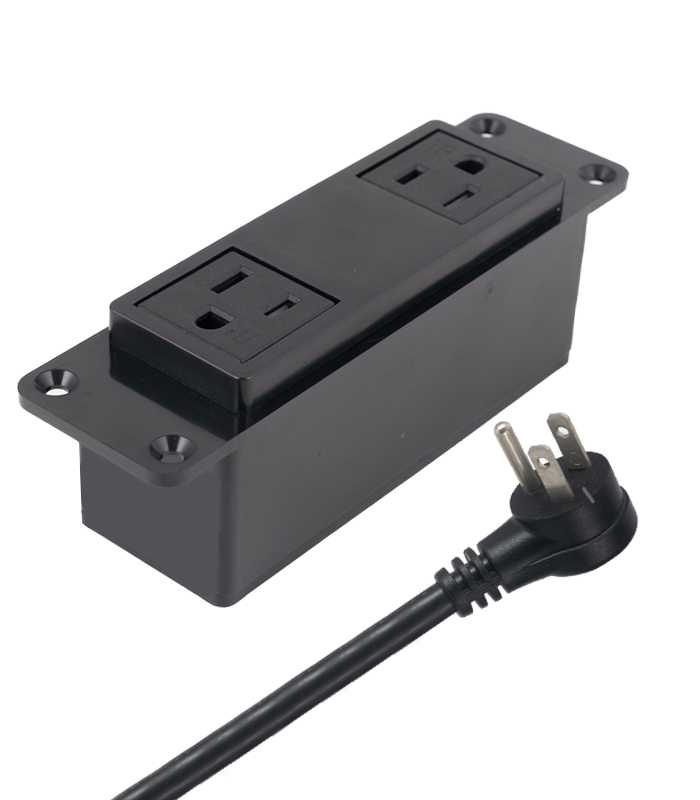
Date:2025-01-16 11:22:31
Vists:
Charging protocol support
The implementation of fast charging through USB sockets first relies on support for various fast charging protocols. Common fast charging protocols include Qualcomm's Quick Charge protocol (such as QC3.0, QC4.0, etc.), USB-PD (Power Delivery) protocol, etc. Taking QC3.0 as an example, it can intelligently adjust the output voltage according to the connected devices. The output voltage range is between 3.6-20V, with 0.2V as the first step for adjustment. This can provide more suitable charging voltage for different types of devices, thereby improving charging efficiency.
The USB-PD protocol is more flexible, providing up to 100W of power output. It can communicate bidirectionally through the USB-C interface and dynamically adjust voltage and current according to device requirements. For example, when charging a laptop that supports USB-PD protocol, it can output high power of 20V-5A, greatly reducing charging time.
Internal circuit design

Transformer design: The transformer inside the USB socket is one of the key components. Fast charging USB sockets typically use efficient transformers that can reduce energy loss when converting voltage. For example, using high-frequency transformers can reduce the volume and weight of transformers while improving conversion efficiency. These transformers can quickly convert the input mains voltage (such as 220V or 110V) into lower voltages suitable for device charging, such as 5V, 9V, 12V, etc., with less energy loss during the conversion process.
Optimization of rectifier circuit: The rectifier circuit is used to convert alternating current into direct current. In fast charging USB sockets, the use of high-performance rectifier diodes or rectifier bridge stacks can improve rectification efficiency. For example, using Schottky diodes with lower forward voltage drop can reduce energy loss during rectification, allowing more electrical energy to be transmitted to charging devices.
Intelligent recognition chip
Fast charging USB sockets usually have built-in intelligent recognition chips. The function of this chip is to identify the type of connected device and charging requirements. When a device is plugged into a USB socket, the chip detects parameters such as resistance and current to determine whether the device is a smartphone, tablet, or other mobile device, and determines the charging protocol and maximum power requirement supported by the device. For example, when inserting a phone that supports the QC4.0 protocol, the intelligent recognition chip will automatically adjust the output parameters of the USB socket to charge the phone according to the voltage and current specified in the QC4.0 protocol.
Wire and interface performance
Wire selection: In order to achieve fast charging, the wires inside the USB socket need to have good conductivity and low resistance. Generally, high-purity copper wires are used to reduce energy loss during current transmission. For example, using oxygen free copper wire, which has high conductivity, can ensure that current can be efficiently transmitted from the internal circuit of the socket to the interface.
Interface material and design: The interface of the USB socket is also important. The metal part of the interface is usually plated with gold or nickel to improve the conductivity and oxidation resistance of the interface. In terms of interface design, adopting a tight contact structure can ensure good electrical connection between the charging device plug and socket interface, reduce contact resistance, and achieve fast and stable charging.
